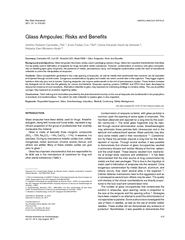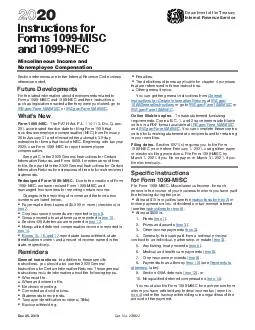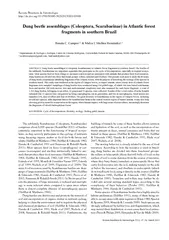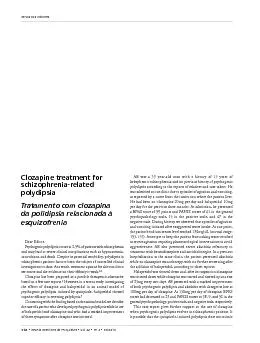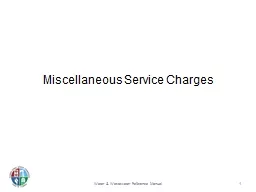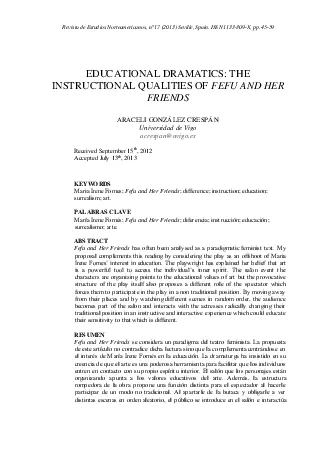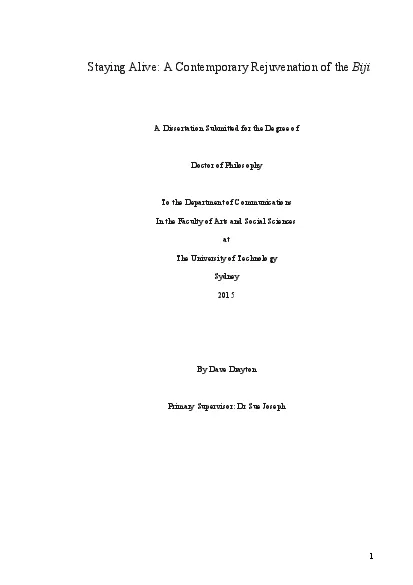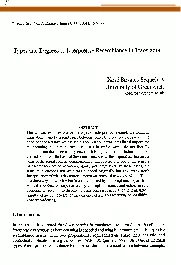PDF-Rev Bras Anestesiol MISCELLANEOUS ARTICLE Revista
Author : debby-jeon | Published Date : 2015-04-28
61 N 4 JulyAugust 2011 Received from Universidade Federal do Esp57581rito Santo Hospital Universit57569rio Cassiano Ant57588nio Moraes HUCAMUFES Brazil 1 PhD in
Presentation Embed Code
Download Presentation
Download Presentation The PPT/PDF document "Rev Bras Anestesiol MISCELLANEOUS ARTICL..." is the property of its rightful owner. Permission is granted to download and print the materials on this website for personal, non-commercial use only, and to display it on your personal computer provided you do not modify the materials and that you retain all copyright notices contained in the materials. By downloading content from our website, you accept the terms of this agreement.
Rev Bras Anestesiol MISCELLANEOUS ARTICLE Revista: Transcript
Download Rules Of Document
"Rev Bras Anestesiol MISCELLANEOUS ARTICLE Revista"The content belongs to its owner. You may download and print it for personal use, without modification, and keep all copyright notices. By downloading, you agree to these terms.
Related Documents

